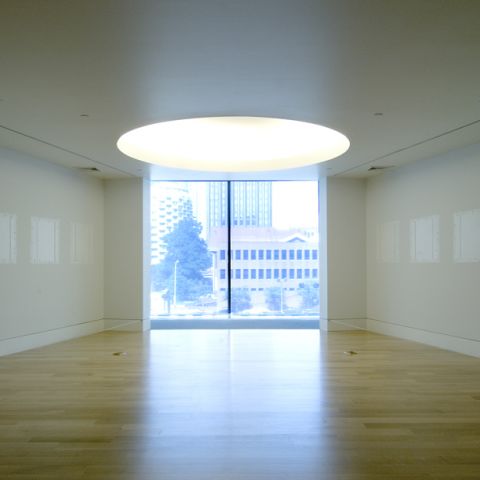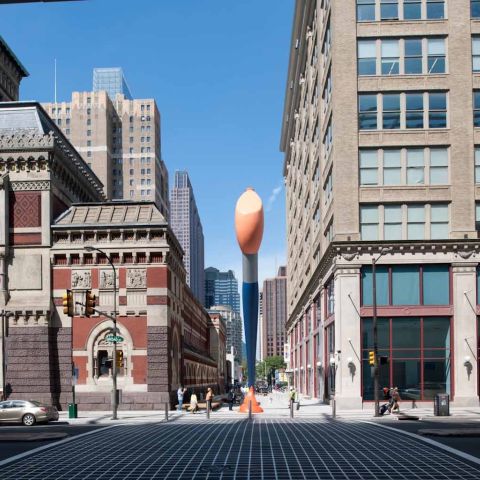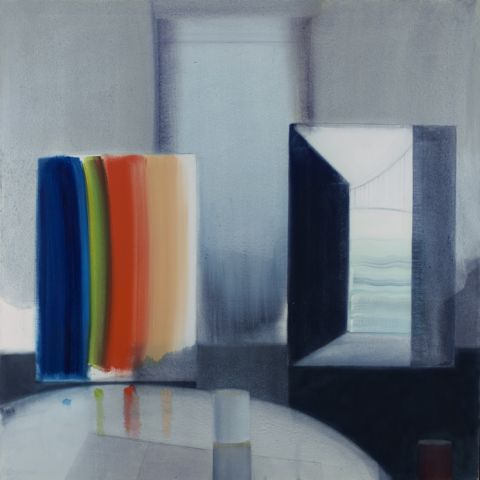Deceit, Fantasy, and Nostalgia
The unifying thread in this Collections Focus is works of art that deceive the eye and mind. These artists attempt to fool viewers by suggesting that “seeing is believing,” using realist approaches to imaginative subject matter and optical illusions to represent everyday objects. The two types of works included in the gallery are best described by the art historical terms orientalism and trompe l’oeil.
In his landmark 1978 study of the same name, literary and cultural critic Edward W. Said defined “Orientalism as a Western style for dominating, restructuring, and having authority over the Orient.” This Western artistic style can be seen in American artists’ depictions of the “Orient” in scenes of Africa and the Middle East.
Trompe-l'œil (French for "deceive the eye") is a technique in which objects and spaces are painted with such precision that they trick the viewer into seeing them in three-dimensional space. This technique is often used in still-life paintings, including those in this gallery depicting paper money, flowers, and dead animals.
In both genres, artists try to achieve visually what is impossible in reality. Orientalist paintings represent seductive visions, most often of an idealized, pre-industrial past – be it a pre-Napoleonic Wars (1803-15) Venice when the harbor city was known as the “gateway to the east,” or scenes of an ancient Grecian poetess and mysterious Egyptian Sphinx. Similarly, objects in still lives try to arrest time by capturing the fleeting beauty of music, flowers, and food.
Both orientalism and trompe l’oeil are appropriated by the contemporary African-American artist Kehinde Wiley in the painting Three Wise Men Greeting Entry into Lagos, which forms the nucleus of the gallery. Look closely at his work to discover commonalities with the other works in this room.
Explore More Exhibitions
We're so excited you're planning to visit PAFA!
Make time for art — visit us Thursday to Sunday.
Before reserving your tickets, please review helpful information about museum hours, accessibility, building access, and special admission programs.
If you have any questions, feel free to reach out to us at visitorservices@pafa.org — we’d love to help!


